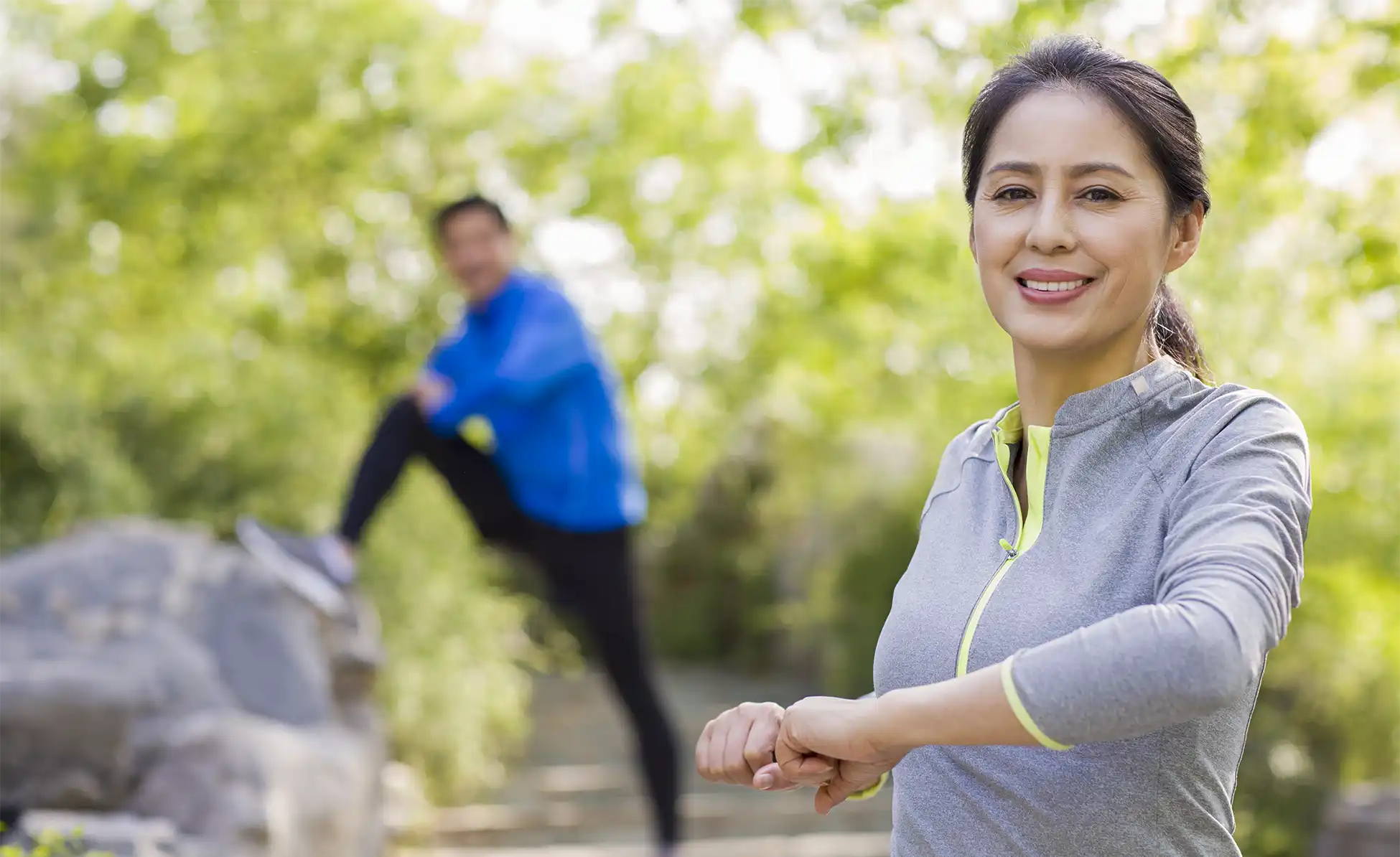Menopause, a natural transition in a woman’s life, brings about various physical and emotional changes. While the symptoms may vary from person to person, exercise has proven to be an effective tool in managing and alleviating many of the challenges associated with menopause. In this blog post, we will delve into the benefits of exercise during menopause and explore the best exercises to support women during this transformative phase.
The Power of Exercise during Menopause:
Regular physical activity during menopause offers numerous advantages. First and foremost, exercise promotes hormonal balance by stimulating the production of endorphins and reducing levels of stress hormones. As a result, women can experience decreased frequency and intensity of hot flashes, improved mood, and reduced anxiety and depression.
Secondly, exercise plays a vital role in maintaining bone health. Menopause often leads to a decline in bone density, increasing the risk of osteoporosis and fractures. Weight-bearing exercises, such as walking, jogging, or weightlifting, can help preserve bone density, reducing the likelihood of bone-related complications.
Lastly, exercise aids in managing weight gain commonly associated with menopause. As hormone levels fluctuate, women may experience an increase in abdominal fat. By engaging in regular physical activity, women can maintain a healthy weight, improve body composition, and reduce the risk of chronic conditions like diabetes and heart disease.

The Best Exercises for Menopause:
Aerobic Exercises:
Aerobic exercises, also known as cardio exercises, are essential for maintaining cardiovascular health and improving overall fitness. These exercises increase heart rate and breathing, helping to burn calories and strengthen the heart and lungs. Some great options include brisk walking, running, swimming, cycling, and dancing.
Engaging in at least 150 minutes of moderate-intensity aerobic exercise per week, or 75 minutes of vigorous exercise, can lead to substantial health benefits. It is important to choose exercises that you enjoy, as this will increase your chances of sticking to a regular routine.
Strength Training:
Strength training, also referred to as resistance or weight training, involves using weights or resistance bands to strengthen muscles. This form of exercise is particularly crucial during menopause because it helps combat muscle loss and maintain muscle mass, which tends to decrease with age.
By incorporating strength training exercises into your routine, you can increase muscle tone, improve balance, and enhance metabolism. Exercises such as squats, lunges, push-ups, and bicep curls are excellent choices. Aim for two to three strength training sessions per week, targeting all major muscle groups.
Yoga and Pilates:
Yoga and Pilates offer numerous benefits for women going through menopause, including improved flexibility, muscle strength, and balance. These mind-body practices also promote relaxation and stress reduction, which can be beneficial for managing menopausal symptoms.
Yoga poses like downward dog, warrior pose, and tree pose, along with Pilates exercises targeting the core, can help strengthen the body while increasing mental clarity and overall well-being. Participating in yoga or Pilates classes a few times a week can provide a sense of calmness and promote a better quality of sleep.
Kegel Exercises:
Kegel exercises focus on strengthening the pelvic floor muscles, which can become weakened during menopause. These exercises are particularly beneficial for managing urinary incontinence, a common issue many women face during this time.
To perform Kegels, simply contract and hold the muscles you would use to stop the flow of urine. Hold for a few seconds, then release. Repeat this exercise multiple times throughout the day to strengthen the pelvic floor muscles gradually.
Conclusion:
Menopause is a transformative time in a woman’s life, and exercise can be a powerful tool for managing its challenges. The best exercises for menopause include aerobic exercises to improve cardiovascular health, strength training to combat muscle loss, yoga and Pilates for flexibility and relaxation, and Kegel exercises to strengthen the pelvic floor.
Remember, before starting any exercise program, it is important to consult with your healthcare provider to ensure you choose the activities that are safe and suitable for your specific needs. By incorporating regular exercise into your lifestyle, you can embrace menopause with strength, resilience, and a renewed sense of vitality. Let exercise be your guiding force during this remarkable phase of life!


